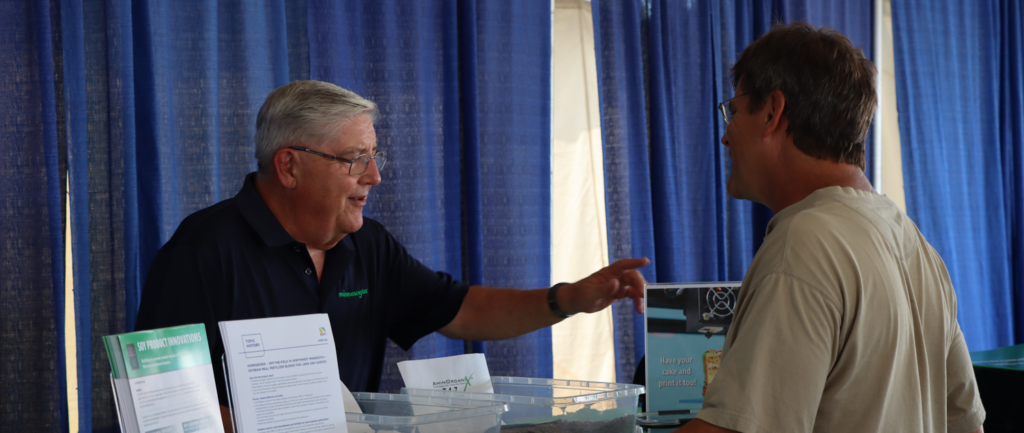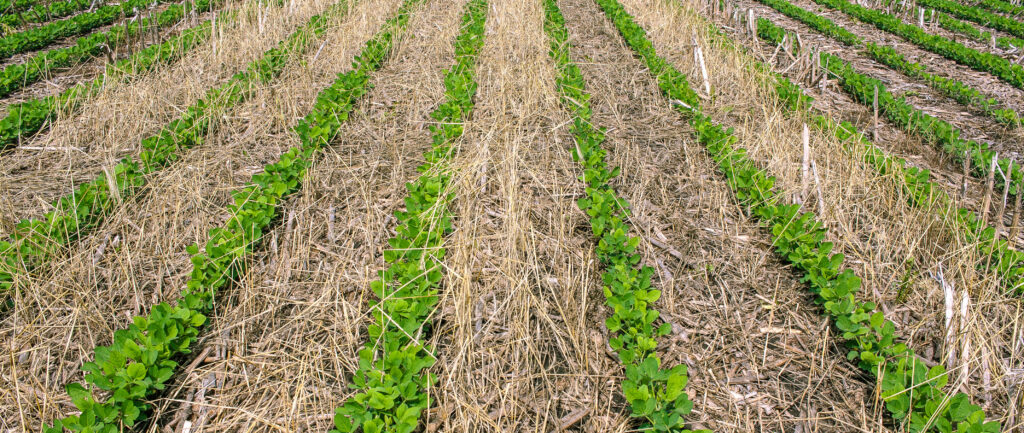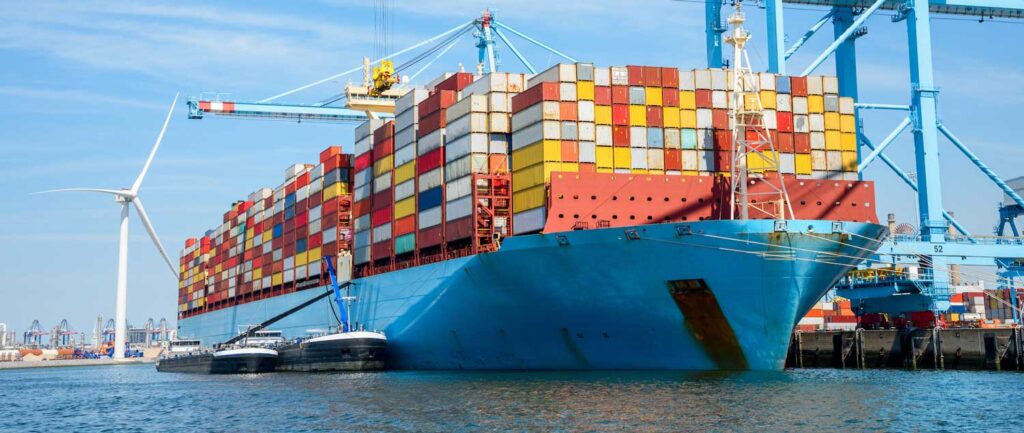A checkoff-centric Q&A with Minnesota Soybean Research & Promotion Council (MSR&PC) Director Glen Groth.
Read below to find out his thoughts on the Council’s Behind the Dollar initiative.
This interview has been edited for length and clarity.
Q: Give us a quick background on your farm.
Glen Groth: I started farming in 2005, and it started off as a dairy operation and in the last five years, we’ve transitioned over to primarily cash crops. We raise soybeans, corn, hay and some oats, depending on the year. My wife and I farm together with our three little girls, and my dad is mostly retired, but he still helps on the farm quite a bit as well. We farm in eastern Winona County.
Q: What region of the state do you represent on the Minnesota Soybean Research & Promotion Council? How long have you been on the board?
GG: I represent district nine, and I think this is my fourth year.
Q: Why did you decide to run for the Minnesota Soybean Research & Promotion Council?
GG: I’ve always had an interest in being involved in the agriculture industry beyond just the farm. I’ve done a lot through other organizations in terms of ag policy, and I wanted to get more involved with the marketing and development of our crops and the Council was a natural fit for that. I really believe in the future of the soybean industry, and I think there’s a lot of uses for the soybean plant, and that is where I wanted to invest my time.
Q: Why do you feel the checkoff is critical to Minnesota’s soybean farmers?
GG: It’s one way that farmers can work together to have control over how their crops are marketed and developed. It’s one of the rare instances where farmers work together towards a common good. We have to be proactive in marketing our crop, coming up with new uses and developing new markets. Things don’t just happen on our own.
Q: How does the board ensure checkoff dollars are invested responsibly?
GG: One thing I was the most impressed about when I first got on the Council was how much time and thought everyone puts into all the decisions about what projects we fund and what we don’t. Everything is carefully analyzed, and we always have the end goal in mind of what moves soybeans, what improves farmer profitability. We think about what’s going to be for the good of the farmer.
Q: How has directing checkoff funds raised your awareness of the soy checkoff?
GG: Using Uzbekistan as an example, it just didn’t occur to me that there are places around the world that didn’t have access to soybeans and didn’t have that market developed for soybeans. There’s a lot of background work that goes into developing these markets. The Uzbekistan project was a great example that these things take effort. They take investments to put buyers and the shippers together, and farmers and livestock producers in foreign countries together. There’s really a bright future for soybean farmers because of that.
Q: What project(s) are you most proud of that you have seen since being on the board?
GG: I’m really proud of the Uzbekistan project. Having been involved in Northern Soy Marketing, I’m really excited to have helped deliver their message about the upper Midwest soybean quality to our international buyers. I think that’s been a good project.
Q: Many checkoff investments are made to impact our future growers. What are some checkoff-supported projects coming down the pipeline that you’re excited about?
GG: I’m still really excited about anything in regards from international market development. I feel like getting a bigger chunk of the export pie here is going to be crucial to an American farmer long term. We have considerable competition from many foreign countries in terms of soybean production. I really am excited about doing whatever I can to make sure that we maintain market share and grow it many places around the world.
Q: What do you think the biggest misconception other farmers have about the soy checkoff program? How would you respond to their concerns?
GG: It’s been my experience that our staff works really hard to spend the farmers dollar wisely, and the farmer leaders on the Council have a great wealth of experience and are very mindful of the farmer dollars. We’re all farmers too. We understand the value of a dollar and we all understand the importance of spending it carefully. Especially right now, when prices are down a little bit, the investment needs to still be made to keep our soybeans moving to our buyers and be respectful.
Q: Where can another farmer go to get more information on how their dollars are being spent?
GG: You can look atmnsoybean.org or the United Soybean Board website as well to see what sort of projects they’re working on. Half of our dollars go to USB, so it’s important to understand what they’re doing as well.







